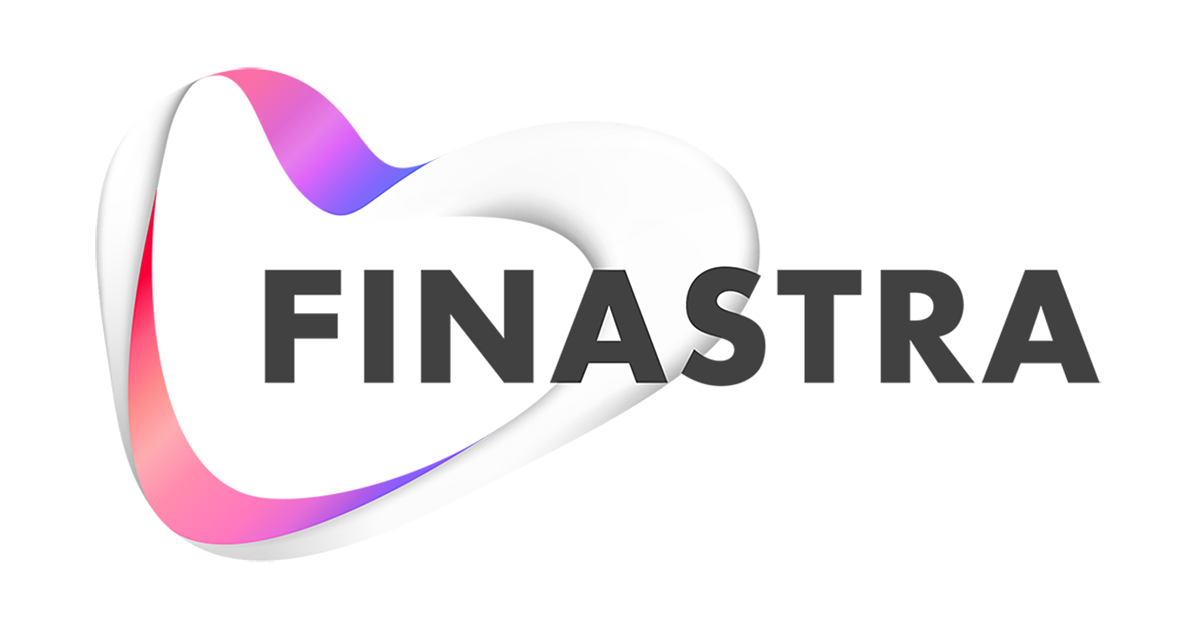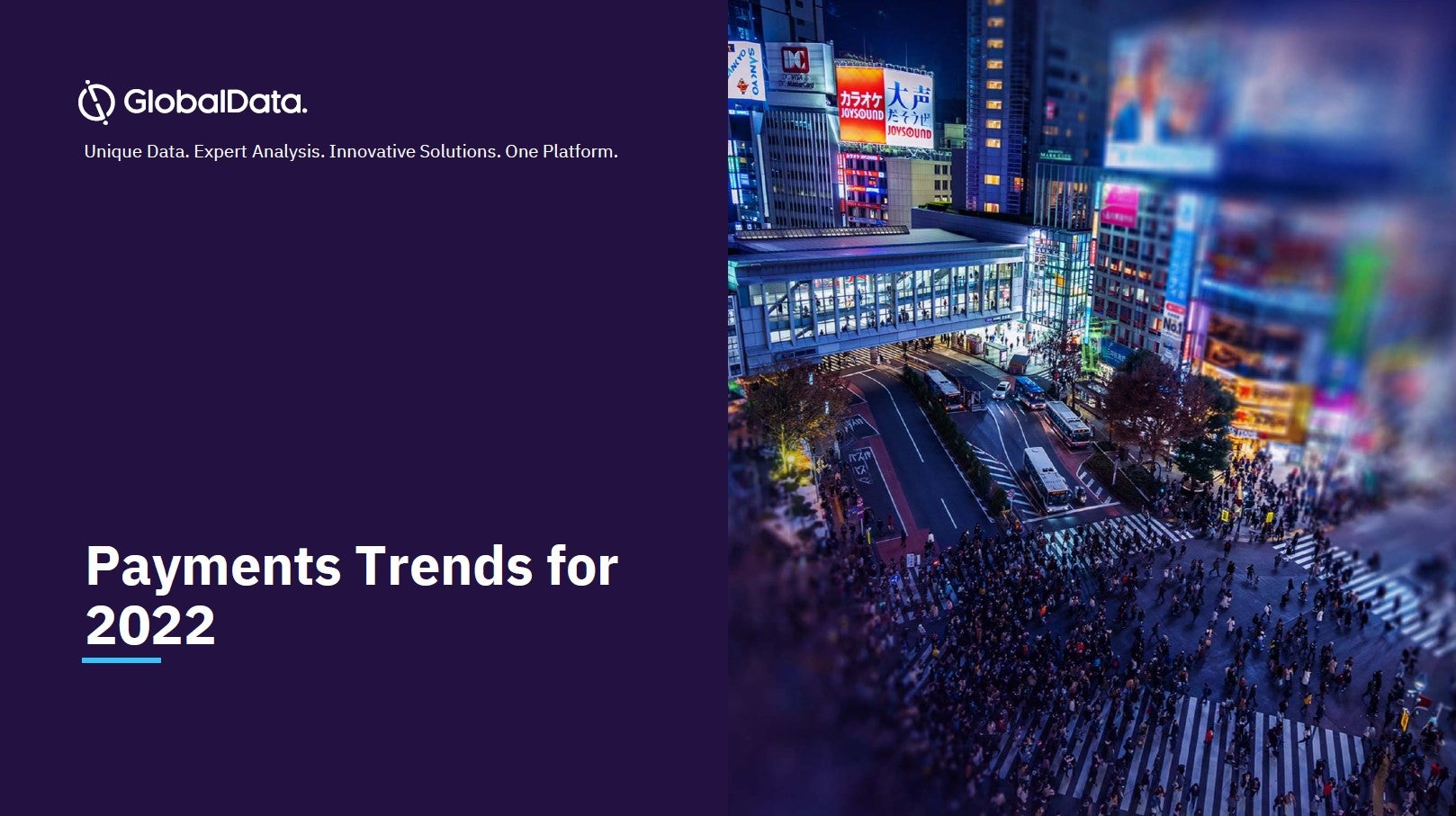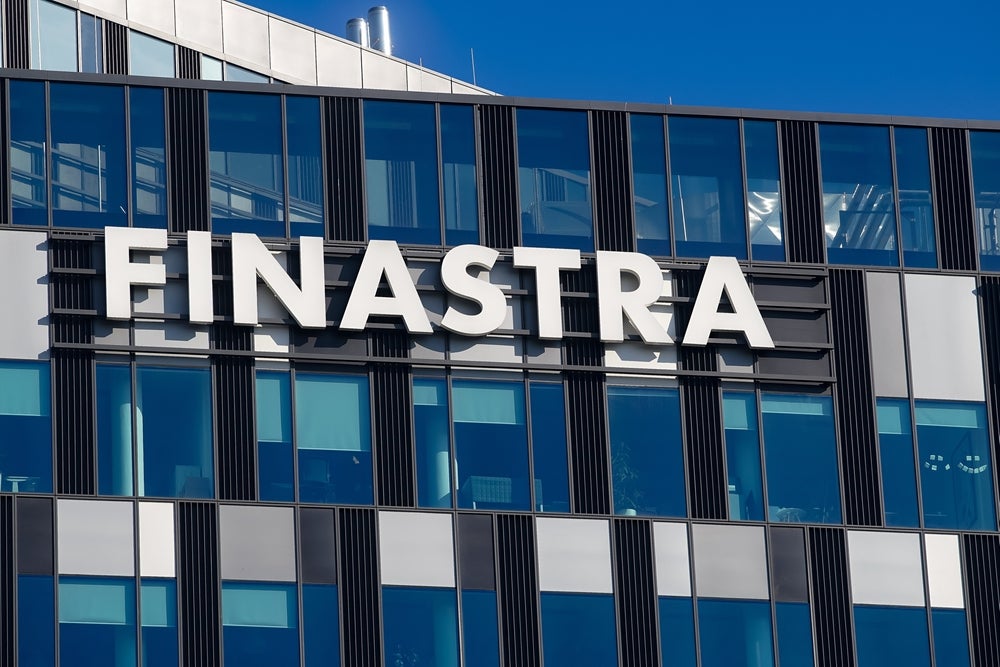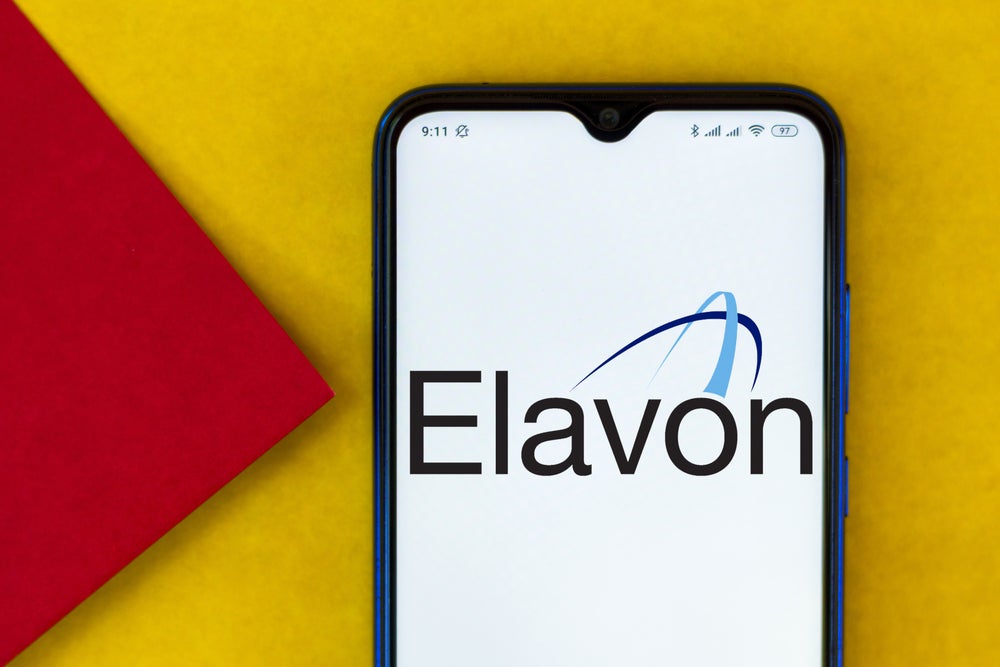
ISO 20022 is the biggest change to the payments sector in 20 years. Nearly every new real time payment rail in the world will utilise it, potentially revolutionising payments harmonisation, driving competition, innovation and efficiency. Paul Thomalla, Global Head of Payments at Finastra, writes

As the leading global cross-border payments provider, SWIFT will drive the change from the legacy FIN MT messaging standard to the data-rich ISO MX standard. Consequently, ISO20022 will give banks and their clients more information about the payments they are processing. Protected by GDPR regulation, this will enable banks to better understand company CFOs, their services and suppliers. In addition, it will allow a bank to offer customers new products and services. Corporates, meanwhile, will benefit from data-rich messages providing the information to automatically reconcile transactions the moment they happen.
These benefits can only be realised through the MX format. Different transition models are being deployed, from a translation model, translating incoming MX messages to the MT format for outgoing messages, to a complete overhaul, requiring wholesale architecture transformation. Large banks in several countries are using a hybrid approach, whereby translation is deployed in some markets and complete overhauls are implemented in others.
“Frictionless eperience”
Therefore, what began with SWIFT establishing a unique, high-value immediate payments offer, will become the de facto standard for payments worldwide. The critical difference will be how financial institutions adopt these changes. They will have two choices, and it will be like choosing a Mac over a PC. In the former choice, FIs will adopt ISO 20022 by natively building it into their systems, dispensing with legacy code, and creating a frictionless experience. In the latter case, it will be a make do and mend approach, in which ISO 20022 systems will have to be built onto an outer layer of legacy code, and constantly updated to account for legacy architecture.
With a like-for-like approach, only those ISO 20022 fields that correspond to the legacy format are used, this is the approach being taken by CHAPS, for example. Conversely, a big bang approach involves an immediate move to full ISO 20022 support, as is the case for TARGET2 and EURO1. Accordingly, Fedwire and CHIPS in the US and the HV in Hong Kong are moving to ISO 20022 in one big move. Transition is more complex in the UK, as the country’s planned New Payments Architecture (NPA) covers the transition of multiple retail rails to ISO 20022 alongside that of the Real-Time Gross Settlement (RTGS) system.
How well do you really know your competitors?
Access the most comprehensive Company Profiles on the market, powered by GlobalData. Save hours of research. Gain competitive edge.

Thank you!
Your download email will arrive shortly
Not ready to buy yet? Download a free sample
We are confident about the unique quality of our Company Profiles. However, we want you to make the most beneficial decision for your business, so we offer a free sample that you can download by submitting the below form
By GlobalDataLegacy systems
Whatever the approach and whatever geographical template is adopted, implementation of ISO 20022 is akin to changing a plane’s wings while it’s still flying. This is because a state-of-the-art synchronised digital messaging process will be interacting with 1970s analogue systems, existing in many legacy institutions.
Legacy systems still exist because the lifecycle of a system can outlast the career or even the lifetime of the people who set the systems up. For example, M&A activity that took place in the 1980s and 1990s will have left many banks with a multitude of legacy systems. Each will have typically outlasted the career of a CIO who might switch jobs every two years, leaving it to the next CIO to make his or her own modifications to the systems they inherited.
Consider also the multitude of payment systems existing in some of the world’s leading banks. One highly rated bank in the UK has 42 payment systems. Another in the States has no less than 110.
Central processor
Another factor to consider is the fragility of the central processor that exists within a central bank, for example the Bank of England. The bank must process thousands of payments, simultaneously, and a payment failure or systems crash is a serious incident. Yet these events do happen, simply because we are forever having to reinvent old technology. With cheques, for instance, the technology dates back to 1659.
A major challenge in the ISO 20022 case is that banks must overhaul their business operations to adapt to asynchronous messaging. Many banks currently rely on return messages to confirm the successful completion of a payment transaction. This will in turn require new systems, such as Confirmation of Payee and Request to Pay. This complexity will cause significant upheaval, underscoring the need for everyone in the payments ecosystem to get ISO 20022 migration right.
Solutions
The wider payments industry is already working on solutions to this challenge. An example is Finastra’s Fusion Global PAYplus, which allows financial institutions to consolidate legacy systems into a single payment hub that can be deployed globally and controlled locally.
If the adoption challenges of ISO 20022 can be overcome, the benefits are considerable. Corporates and their clients, software vendors, fintechs, banks and other stakeholders will have an equitable stake in the payments ecosystem, and the ISO 20022 messages will be the glue that binds this system together.
The economic shock brought on by the Covid-19 pandemic is a wake-up call. The industry must act quickly to set up the most robust and interoperable systems and avoid defaulting either to the cheapest alternative, or the one that most corresponds to the legacy systems already in place.
Adversity inspires innovation. ISO 20022’s global implementation will create a common language for payments data across the globe. Better data in payments will deliver significant long-term benefits for the economy, and rarely has there been a more important moment for such reinforcement. More immediately, if banks and their clients can manage to implement these changes and get ISO 20022 imbedded into their systems, this will create compelling partnerships that last, inspiring new business opportunities.








